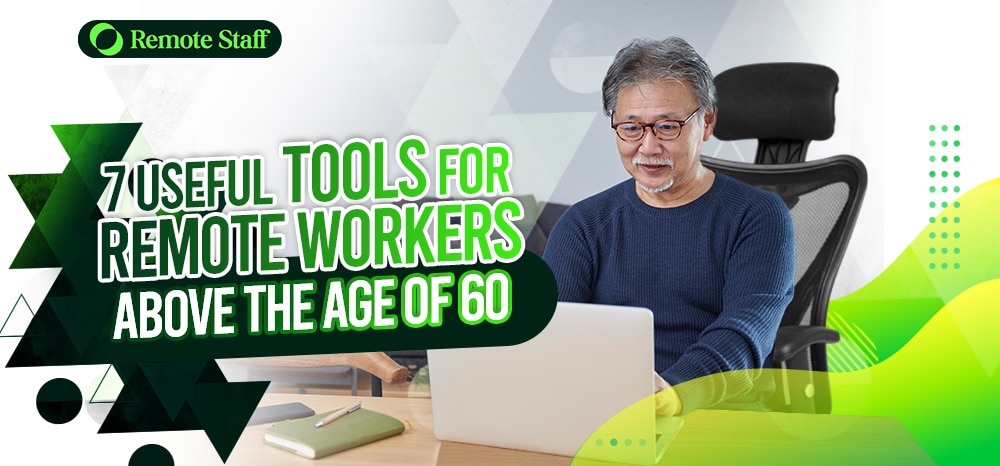Thanks to remote work, more and more retirees are finding work opportunities despite their age. This setup enables them to take advantage of their considerable experience while still having the flexibility to attend to their needs or spend time with loved ones.
However, like remote PWD workers, senior remote workers also require assistive tools to help them work. These can range from mobility aids like wheelchairs to senior-focused computer software to help them see and hear clearly.
These tools reduce your work strain and improve your communication with your colleagues.
Thus, here are some assistive tools for senior workers that could come in handy.
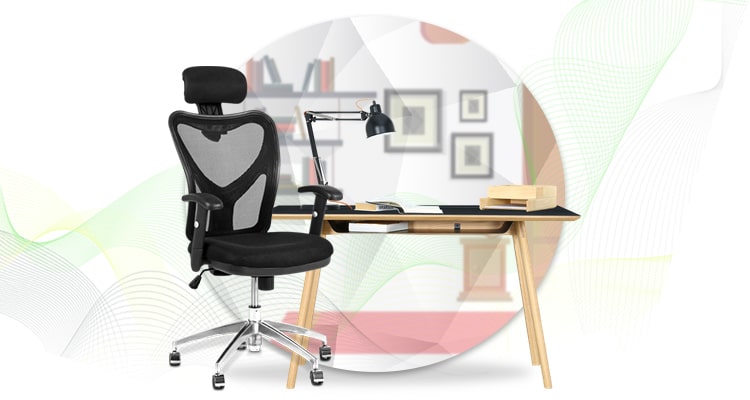
An Ergonomic Chair and Computer Desk
Since you’ll spend plenty of time sitting in your workspace, it’s good to invest in an ergonomic chair and desk.
Ordinary office ones won’t do, as these may not cater to the needs of a senior remote worker. For instance, wheelchairs won’t fit a standard-sized work desk well.
Consider getting a custom desk and chair that’s the right size and height for your needs. Ensure that the former has enough space for your computer/laptop, work tools, and assistive devices.
The latter should be comfortable, support proper posture, and be easy for seniors to get in and out of. Consider getting memory foam and posture correction support belts as well.
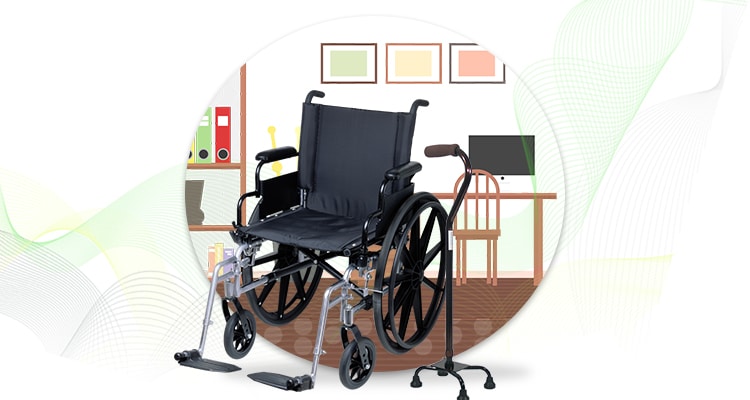
Wheelchairs and Canes
Thanks to remote work, seniors don’t need to worry about being unable to commute to work. However, you still need to get up to eat, sleep, or bathe.
If you’re having difficulty moving, you will need mobility assistance tools like canes and wheelchairs. These enable you to move more comfortably and safely, improving your self-confidence and productivity.
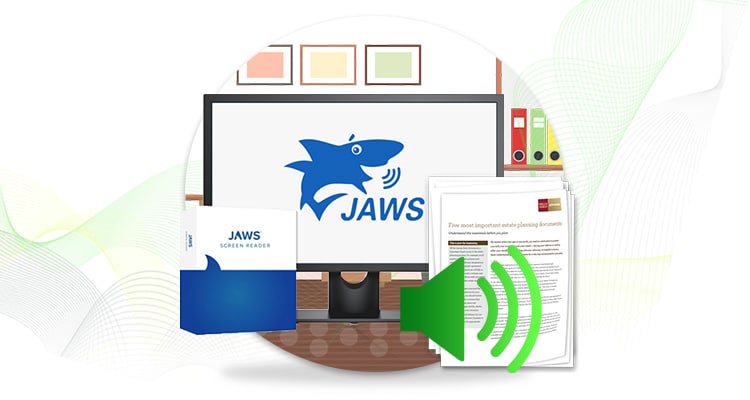
Visual Assistive Devices
A common unfortunate effect of growing older is diminished vision. Thus, visual assistive devices are crucial ergonomic work tools for many seniors working remotely.
These devices allow seniors to better see their computers/laptops and the messages and emails from their boss or co-workers. Having these boosts their productivity while reducing the risk of miscommunication.
Visual assistive tools for senior workers range from prescription glasses and desktop lamps to screen readers and magnifiers.
Screen readers are applications that enable visually-impaired individuals to read texts on their computer screens via a speech synthesizer or a braille display. It is the interface between the user, their computer’s operating system, and its applications. An example of this is the JAWS Screen Reader for Windows.
Screen magnifiers, on the other hand, interface with your computer’s graphical output to give you an enlarged view of your screen’s contents. Mac and Windows have a built-in zoom function, allowing you to enlarge your screen as needed. If these aren’t enough, you can use apps like Dolphin Lunar to further enhance your screen.
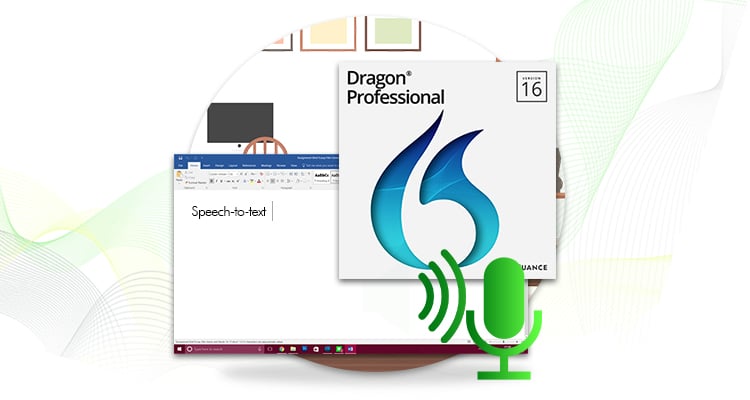
Assistive Input Devices
Being able to see what’s on your screen is one thing; responding to it is another. Some seniors working from home experience difficulty using their mouse and keyboard due to losing some dexterity in their hands.
Fortunately, there are alternatives to the traditional mouse and keyboard setup. Speech-to-text software like Dragon lets you input text into your computer/laptop without typing.
If you’re capable of typing, albeit slower than you used to, you can use predictive typing software to help. In addition to this, you can also use on-screen keyboards where you type using a joystick or mouse.
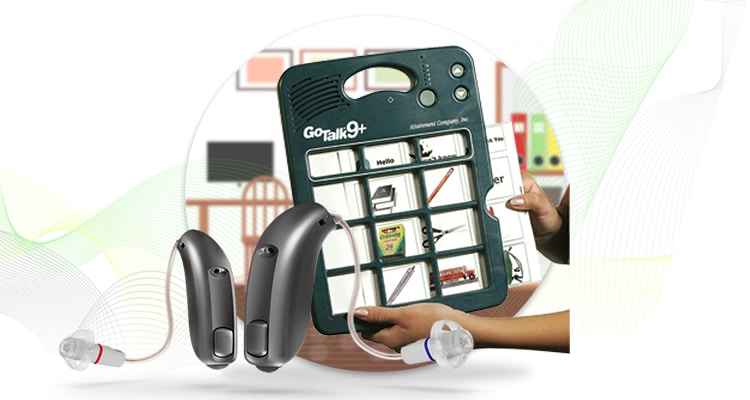
Assistive Listening and Speech Devices
For those who are hard of hearing lately, there are plenty of assistive listening devices to help you hear better again. These come in three forms: hearing loop, frequency-modulated (FM), and infrared systems.
The main difference between the three is the way they transmit sound. Hearing loop devices use electromagnetic waves to transmit sound, FM uses radio signals to amplify sound, and infrared uses infrared light.
Many seniors also use hearing aids and personal sound amplification products (PSAPs) to help them better communicate with their colleagues.
If you’re also having difficulty communicating verbally, you can use augmentative and alternative communication tools to help you. These range from simple picture boards to speech-generating devices and text displays.
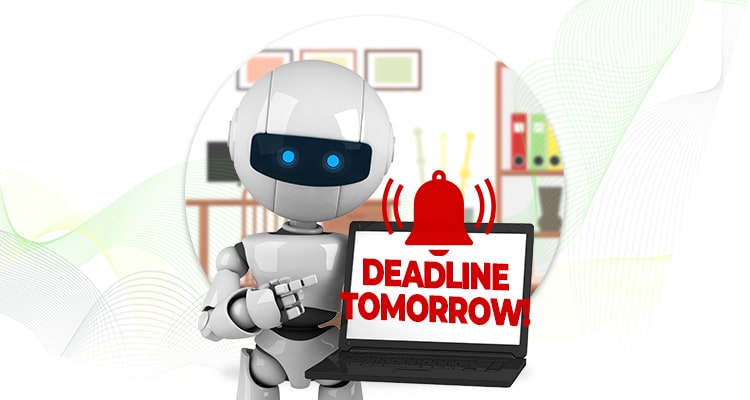
Reminder Tools
Experiencing forgetfulness is a normal part of aging. However, there are many ways to mitigate this.
You can use virtual assistant apps like Siri, Alexa, and Amazon Echo to help set reminders about an upcoming appointment, for instance.
Even something as simple as an alarm clock or a to-do list can help you avoid forgetting important things at work or in your daily life.
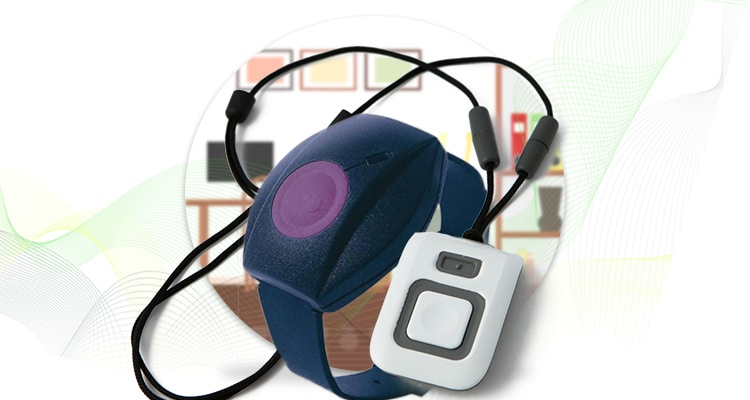
Personal Alarms
As we age, our bodies won’t be as strong nor as durable as they used to be.
In the event of an emergency, you need to have a convenient way to call for help. Thus, one of the most common remote work safety measures for older workers is having a personal alarm.
Personal alarms are devices, usually designed as pendants or keychains, that seniors wear to alert someone in an emergency. With these, you can feel secure that your emergency contact is just one button away should you need them, allowing you to focus on your work.

With the Right Tools, Anything is Possible
Remote work offers plenty of opportunities for retirees who don’t want to stop working. However, without the right tools, they’ll struggle to carry out their tasks.
Fortunately, many assistive tools are available today to help senior workers with their work. The tools mentioned above are just the ones you should prioritize when working online.
If you’re still looking for online job opportunities, Remote Staff is here to help. Our jobs list has various available positions for you to choose from.
If you don’t find the position you like, don’t worry. We regularly update our list with new openings every day.
Good luck!

